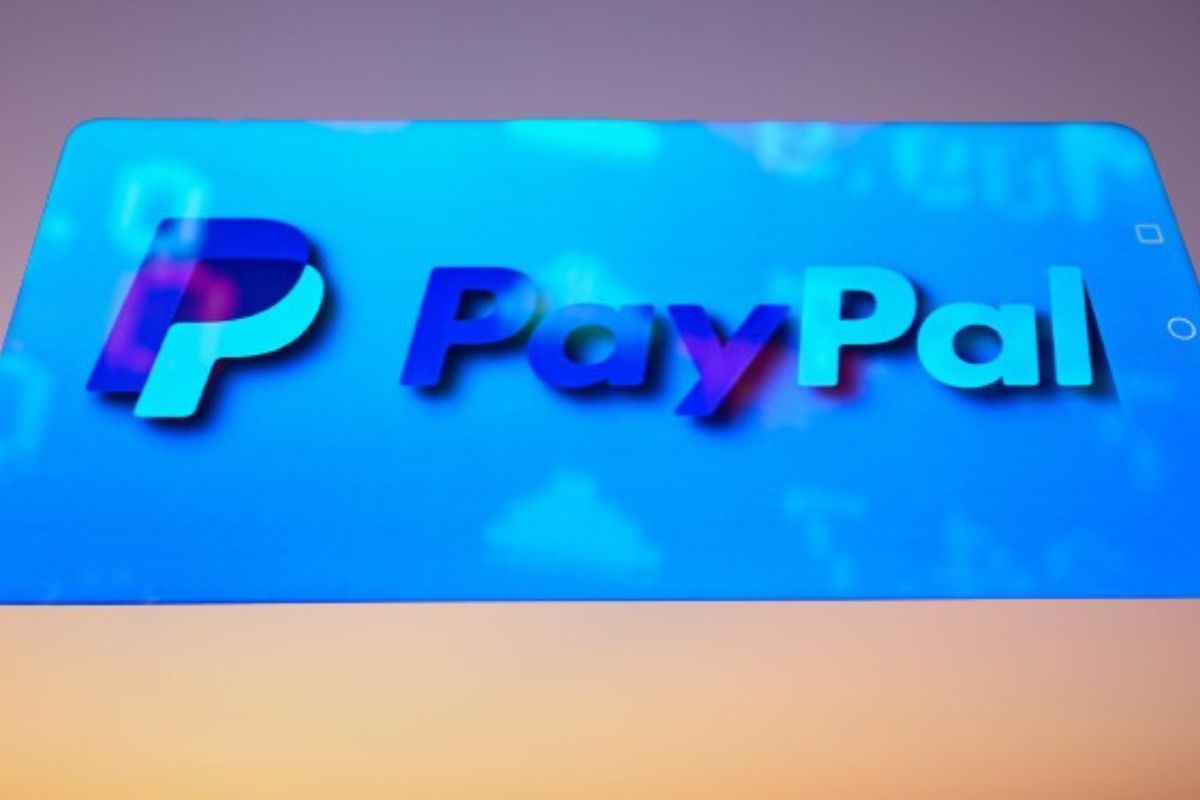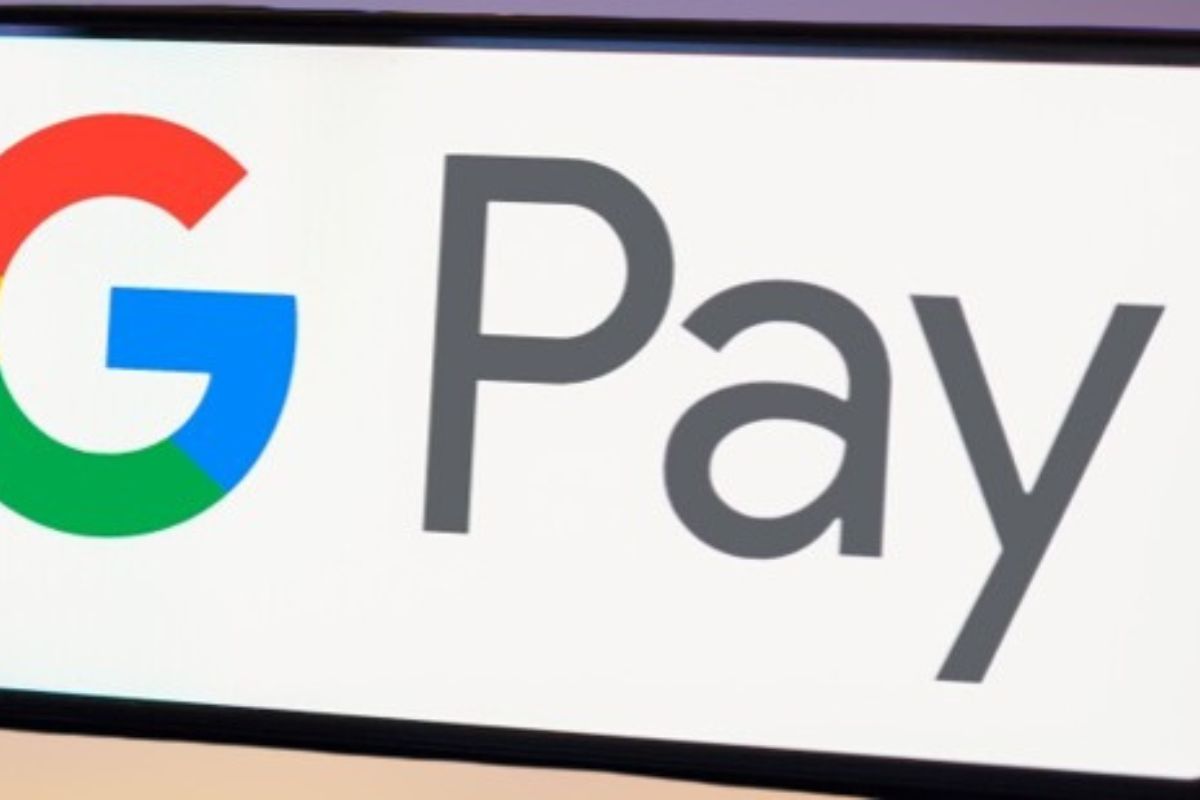Big Tech Giants Rally: In an age where digital transactions have become increasingly prevalent, the role of digital wallets has garnered significant attention. These virtual wallets, which allow users to securely store their payment information and make purchases online or in-store, have become a vital component of our digital lives.
However, the recent proposal by the Consumer Financial Protection Bureau (CFPB) to intensify its oversight on digital wallets has sparked a fierce debate. The big tech giants, who have long dominated the digital wallet space, are rallying against this proposed oversight, arguing that it would stifle innovation and create unnecessary regulatory burdens.
While the CFPB aims to protect consumers and ensure fair practices, the question remains: is increased oversight the right solution or a hindrance to the evolution of digital wallets?
Key Takeaways
- Digital wallets are a secure method of making payments using electronic devices.
- They offer features like contactless payments, in-app purchases, and loyalty rewards.
- There are different types of digital wallets, including closed, semi-closed, and open wallets.
- The CCIA argues that overly burdensome regulations by the CFPB could impede innovation in the industry.
What is a digital wallet?
A digital wallet is a convenient and secure method of making payments using a computer, smartphone, or smart device, eliminating the need to carry a physical wallet. It allows users to store their credit card information, bank account details, and other payment methods digitally, making transactions quick and hassle-free.
Also Read: Digital Euro Ambitious Leap A Global Testing Ground for CBDCs
With the rise of technology, digital wallets have become increasingly popular, providing a seamless payment experience for consumers. Apple Pay, Google Pay, and Samsung Pay are among the most widely used digital wallets, offering a range of features such as contactless payments, in-app purchases, and loyalty rewards.
These digital wallets prioritize security, utilizing encryption and tokenization to protect users’ personal and financial information. Furthermore, they offer the added benefit of tracking and organizing transaction history, allowing users to easily manage their finances.
How many types of digital wallet are there?
Digital wallets come in different types depending on their functionality and the companies that produce them. There are three main types of digital wallets: closed, semi-closed, and open. Each type offers different features and benefits to users:
- Closed wallets: These wallets are produced by companies and can only be used for transactions within the company’s ecosystem. Examples include Amazon Pay, where users can transfer funds between themselves and the wallet-issuer.
- Semi-closed wallets: These wallets allow users to make transactions both within the company’s ecosystem and with authorized third-party merchants. Popular examples include PayPal and Paytm.
- Open wallets: These wallets provide the most flexibility as they allow users to make transactions across various platforms and with any merchant that accepts digital payments. Apple Pay and Google Pay are well-known examples of open digital wallets.
It’s important to understand the different types of digital wallets to choose the one that suits your needs and preferences.
What are the features of digital wallet?
One of the key elements that sets digital wallets apart is their wide range of convenient and innovative features. These features not only make transactions easier, but also enhance the overall user experience.
One common feature is rewards and discounts, which allow users to earn points or receive discounts when making purchases through the digital wallet.
Self-registration is another handy feature that enables users to create an account and link their payment information without the need for manual input. Bill management features help users keep track of their expenses and make timely payments.
Secure authentication ensures that transactions are protected from unauthorized access. Chatbots provide customer support and assistance, making it easier for users to resolve any issues they may encounter.
Lastly, multi-currency support allows users to make transactions in different currencies, making digital wallets even more versatile and convenient.
CCIA’s Concerns and Innovation Impact
The concerns raised by the Computer & Communications Industry Association (CCIA) regarding the oversight of digital wallets and payment apps by the U.S. Consumer Financial Protection Bureau (CFPB) have ignited a debate over the potential impact on innovation and market entry in the digital payments industry.
CCIA argues that subjecting tech giants to the same regulatory scrutiny as traditional banks could impede innovation in the digital payments industry. The association warns against overly burdensome regulations, emphasizing the potential unintended consequences of a broad and heavy-handed approach. CCIA highlights the importance of fostering a competitive environment that allows startups to enter the market and drive innovation.
These concerns are valid and worth considering. While it is crucial to protect consumers and ensure the security of digital transactions, it is equally important to avoid stifling innovation and hindering the entry of new players. Striking the right balance between regulation and innovation is key to fostering a thriving digital payments industry.
Critique of CFPB’s Proposal
CCIA’s comment letter highlights significant concerns with the lack of specificity and flawed assumption in the CFPB’s proposal for oversight on digital wallets and payment apps. The association argues that the proposal fails to identify specific risks to consumers, which undermines its effectiveness.
Furthermore, CCIA challenges the assumption that non-bank digital providers and banks are direct competitors, asserting that they often have a collaborative relationship that benefits consumers. This critique suggests that the CFPB’s one-size-fits-all regulatory approach may not be suitable for the diverse landscape of digital payments.
Industry Response and Regulatory Balance
As the debate over the proposed oversight on digital wallets and payment apps continues, industry players and regulatory bodies must find a delicate balance between protecting consumers and fostering innovation in the evolving landscape of digital financial services. Striking this balance is crucial to ensure that consumers are adequately protected from potential risks while also allowing for the growth and development of the digital payments industry.
To achieve this balance, the following key factors should be considered:
- Adequate regulation: It is important to have regulations in place that address the unique challenges and risks associated with digital wallets and payment apps. These regulations should focus on protecting consumers’ privacy, security, and financial well-being.
- Innovation-friendly environment: Regulators should strive to create an environment that encourages innovation in the digital payments industry. This can be achieved by implementing flexible regulations that allow for experimentation and the introduction of new technologies.
- Ongoing dialogue: Regular communication and collaboration between regulatory bodies and industry stakeholders are essential. This dialogue will help ensure that regulations are effective, up-to-date, and able to adapt to the rapidly changing digital landscape.
Conclusion Of Big Tech Giants Rally
The proposal by the Consumer Financial Protection Bureau (CFPB) to increase oversight on digital wallets has sparked a rallying response from big tech giants.
The industry argues that such regulations could stifle innovation and limit consumer choice.
While it is important to ensure consumer protection, a balanced approach that considers the concerns of both industry players and regulators is necessary to foster a thriving digital wallet ecosystem.
Our Reader’s Queries
Is a tech rally coming?
As we approach the end of the year, it seems that technology stocks will continue to soar. The Nasdaq Composite has already seen a 36% increase this year, but it’s still 12% away from its all-time high. There are several reasons to believe that the technology sector will continue to make gains in the near future and beyond, making it a promising investment opportunity for those looking to capitalize on the market’s upward trend.
What are the 7 big tech stocks?
In 2023, the S&P 500 saw a significant increase of over 24%. However, it was the Magnificent Seven big tech stocks that truly drove this growth. These stocks, including Apple, Amazon, Alphabet, Meta Platforms, Microsoft, Nvidia, and Tesla, were responsible for much of the heavy lifting. In fact, Nvidia and Meta were the top two performers in the index, with Tesla rounding out the top 10. Their impressive contributions to the market cannot be overlooked.
What are the magnificent 7 tech stocks?
The “Magnificent 7” stocks, a term coined by Bank of America strategist Michael Hartnett, refers to the most dominant tech companies. This group comprises of mega-cap stocks such as Apple (AAPL), Alphabet (GOOGL), Microsoft (MSFT), Amazon.com (AMZN), Meta Platforms (META), Tesla (TSLA), and Nvidia (NVDA). These companies are at the forefront of technological innovation and have a significant impact on the market.
What does FAANG stand for?
In 2013, the term FAANG was born, referring to Facebook, Amazon, Apple, Netflix, and Google. While the original term is still used today, there are now variations like FAAMNG (which includes Microsoft) and MAMAA (replacing Netflix with Microsoft and using updated names for Meta Platforms and Alphabet).




